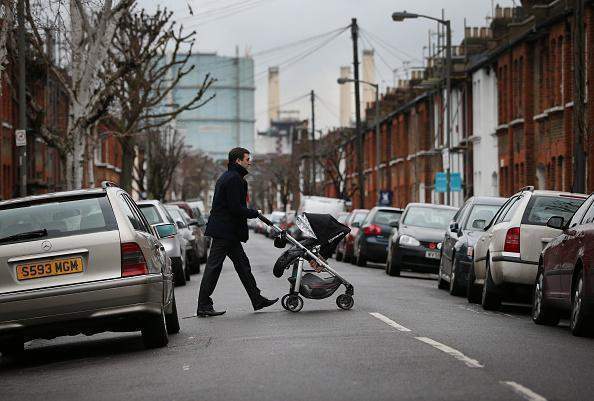
The Patmore Estate is surrounded by building sites. Battersea Power Station to its north, Nine Elms to its east – nearly 20,000 new flats are on the way. Cranes, lorries and dust are a regular feature. Except, there’s no building on the estate itself.
The main construction story local people raise is the unacceptable nine years it has taken for a crane hire company and its director to be taken to court over the death of Michael Alexa. The 23-year-old was washing his car outside his house on the estate when an overloaded 50-metre tower crane collapsed from a neighbouring building site and killed him.
The Patmore has become a symbol of London’s inequality. You would have to win the lottery twice to afford a 3-bed apartment in Nine Elms, currently listed at £5.7 million.
Over the past decade I’ve spent many weekends on the Patmore, knocking on doors, listening to residents.
Last Monday I met the Patmore residents association. “No-one champions us”, Jim Dodd, a long-time resident and member of the Cooperative, tells me. “All we’re asking for is a decent standard of living.”
The Patmore was built in the 1950s, its 28 red-brick blocks are named after railway engineers. Sandwiched between the railway lines and the vast New Covent Garden wholesale markets, it certainly feels like Wandsworth’s forgotten corner.
“What kind of London is it,” one mum asks me, “when they build flats that only investors can afford?” Another family have had several trips to the hospital. Damp has made their son’s asthma worse; the flat was so damp, they say, that there were silverfish living in the walls.
A man with a shopping bag sees my red rosette and heads over. “Where’s Martin Linton?” he asks. Martin was the MP here from 1997 to 2010. “Martin got us the P5.” The P5 is the estate’s only bus. Infrequent and over-crowded, but for many, it’s life-changing. “Thanks to Martin, I can get to the shops”, he says.
The estate’s doctor surgery is open for only four hours a week. The surgery website reads: ‘We are a very busy surgery, with a list size of over 10,000 patients. Demand for appointments is very variable and our aim is to accommodate your requests as much as we can.’
Members of the residents association run through a shopping list of requests. New windows, new kitchens, air vents (they cost £700 each but put an end to damp), a grant to open the youth club on week nights, new pavements (they’re so broken the streets flood), more police.
On Thessaly Road, there’s a wooden crate leant against a security wall. It provides an escape route for drug dealers.
It’s free parking on the estate. “We need a parking zone,” a leaseholder called Graham says. “Cars and caravans queue up on Monday mornings driving away on Friday afternoons. Men working in the surrounding construction sites sleep in their cars.” Because the estate crosses the boundary between Wandsworth and Lambeth it’s not clear which should take responsibility for parking, so nothing happens.
It’s a sad picture of a neglected corner of London that deserves better. A few floors up, you can see Big Ben. Westminster is just a couple of miles away, but it feels like many thousand more. Politics has let down the Patmore.
I tell the residents association meeting about Labour’s plans. We’ll axe the bedroom tax, raise the minimum wage, and introduce a young person’s job guarantee. We’ll cut tuition fees, provide 25 hours of free childcare for working parents, and invest in the NHS.
Most nod along, but they don’t seem impressed. Many won’t vote, fed up with politics of all persuasions. Battersea’s two halves are drifting apart.
If there’s one thing I can achieve as Battersea’s MP, it’s giving communities like the Patmore a platform, as the property developers close in. It’s refusing to meet the property lobbyists without inviting residents associations of nearby estates. It’s fighting case-by-case, street-by-street to replace broken windows or fix leaking roofs. It’s highlighting Battersea’s inequality, even if it makes for uncomfortable reading. It’s putting the Patmore back on the map.





